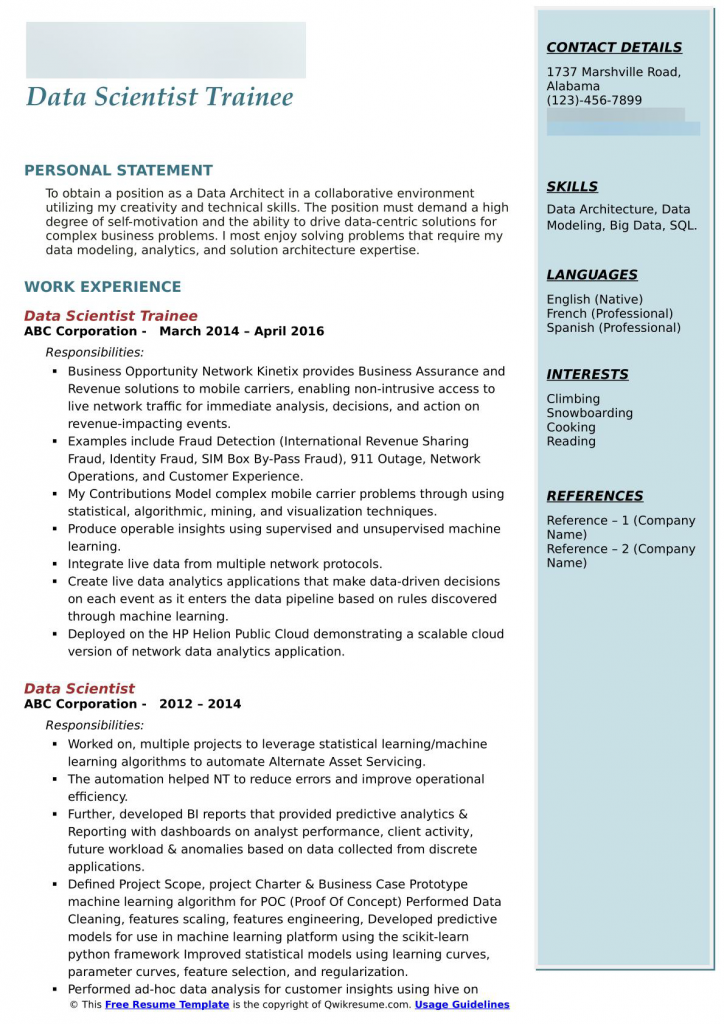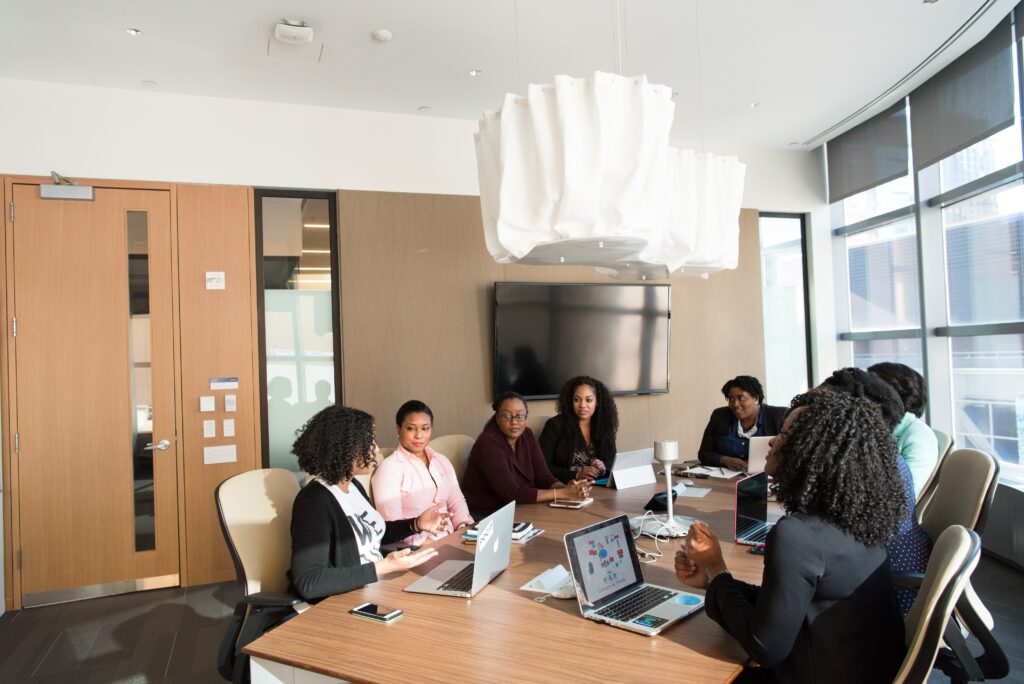
Blind recruitment: how anonymous CVs improve recruitment and reduce cognitive bias
Each of us, more or less, has prejudices, that is, deep-rooted prejudices that are difficult to eliminate. But if you work as a recruiter this could be a problem. Find out how to solve it with blind recruiting.
There’s a lot of talk, linguistically, about the use of the asterisk, the at sign, the schwa as an ending for words to obviate the use of the Italian masculine plural. It seems that this system helps reaching a higher inclusiveness and talking to everyone, without differences.
In human resources one of the ways to combat gender issues and discrimination and be as impartial as possible is through blind recruitment. This means completing some of the recruitment steps “blindly“, anonymously, or disguised by removing personal information from the applications. This article talks about blind recruiting: what it is, how it works, how to apply it and also why it is important.
SUMMARY
- What is blind recruiting
- How blind recruiting works
- The main advantages of an anonymous CV (and blind recruiment)
- Why companies need to address prejudices
- How to implement blind recruitment
- The future of the CV? Is in anonymity
What is blind recruiting
Blind recruitment is a process that recruiters carry out to avoid information that could influence their hiring decision or, the early stages of the hiring process. This is because, when we are aware of certain aspects or attributes aside from work experience and skills, cognitive bias is immediately set into motion, creating distortions which can affect good quality selection.
Having just some information available, for example the age of a person, can hinder the accurate evaluation of a candidate. Instead it should be possible to evaluate skills and experiences in isolation. Many companies carry out processes to avoid any bias, for example, Deloitte, Virgin Money and others have experimented with “blind” recruitment.
Bias is not necessarily linked to age, gender, or subjective evaluations, but could be directly linked to the individual recruiter since all human beings have their own natural emotions, concerns and instincts.
Although it may seem strange, a recruiter may be influenced by personal life experiences and beliefs, that compromise the selection process. This rarely happens on a conscious level (also because it would not be a professional approach), in fact most biases occur on an unconscious level.
There are several types of bias related to hiring: primary and secondary.
The primary biases are related to ethnicity, age, sexual orientation, race, gender and physical abilities.
Secondary biases have to do with religion, with the way of communicating, with income, education, geographical location, appearance, accent or cadence, marital status, family status and so on.
How blind recruiting works

Now that we know what “blind” recruitment is, let’s try to understand how it works.
Basically, as you may have guessed, it is a question of hiding, or rather deleting, those subjective elements from the recruitment process. Any information that is about the candidate personally, rather than related to the specific skills and experience that are relevant for the search in hand. There are different levels and approaches for hiding the information.
How to hide personal information
First, it is possible to hide the names, personal information and photos of the candidates and, to do so, it is possible to use an Anonymous Resume / CV system such as the one developed by Inda.
In fact, by using Artificial Intelligence in recruitment, it is possible to anonymise a CV in digital format. This feature allows the real time creation of an anonymised version of the CV sent by the candidate, to be easily shared with colleagues or externally with your customers.
The original layout is maintained – respecting the presentation method chosen by the candidate – and the information that could influence the decision (as previously listed) is hidden.

This method can also save a lot of time: the anonymisation of the CV is quick and effective compared to “manual” methods to print CVs and cover personal information, or filter them in a spreadsheet. The same is true for the anonymisation of a cover letter.
Obviously this concerns the first stages of selection, but what happens when you meet the candidate? There is a more extreme version of blind recruitment which, as seen on TV, allows a meeting to take place without the selector and selected seeing each other.
The main advantages of an anonymous CV (and blind recruiment)
Here are the main advantages for using anonymized CV:
- we are moving towards gender equality: when gender is not indicated in a CV, the company that deals with recruitment has no gender related prejudices and this can help to maintain its employee value proposition;
- there is no discrimination based on age: candidates are often discriminated against for their age (too young or too mature). In this way you will be sure to select someone for what they know and not for the year in which they were born;
- transparent selection processes: selection becomes more transparent also in the eyes of candidates who will not feel rejected at first glance, but will understand that it is skills which are being evaluated by the company;
- team diversification and greater growth: of the skills of people are valued for what they are, teams grow, diversify and lead to new territory for the organization;
- productivity: a truly multidisciplinary teams (linked to the previous point) is also more productive;
- change of mentality: this benefits the employees, but also the company that will head in a new direction and a new way of working. This will help improve employer branding and the relationship with customers.
Why companies need to address prejudices

But why do companies have to deal with prejudice? Companies have a decisive role in influencing or shaping culture, internally and externally. They can be harbingers of new trends and new approaches and can define changes in, and outside, their markets.
Gandhi said “Be the change you want to see in the world”, and doing so can really help the world you live and operate in.
In addition to this there are other, more “concrete” reasons:
- increase in profits: companies that focus on diversity have a 19% increase in revenues;
- improved productivity: different teams deliver better results;
- employer branding and talent attraction: when it is known that a company hires in this way they attract the best talent;
- create trust throughout the team: trust is contagious and knowing that you are working in a company that focuses on diversity involves everyone.
How to implement blind recruitment
Is the anonymised CV enough? Up to a certain point it is. In addition to choosing a useful tool for this, like Inda, what matters is that it is part of an overall strategic approach.
That is to say that it is not only technology that is the master, but that everyone collaborates in this sense. We need to train the HR team and focus on diversity and inclusiveness throughout the company. How? Starting with job advertisements that use neutral language and continuing with standardisation of the interview questions, increasingly based on skills and talent rather than behaviour.
Furthermore, the HR team should include people of different ages and differente genders.
The future of the CV? Is in anonymity
If you think that this is not a very widespread practice, know that in Finland it is almost normal and that it is even the municipality of Helsinki that carries it out.
Even if it may seem like a reality that is not yet so widespread, blind recruiting certainly goes in the direction of guaranteeing that diversity & inclusion on which companies are increasingly focusing and which will still be an HR trend for 2024.
Discover the artificial intelligence to improve your recruiting.
The artificial intelligence to improve you recruiting

Giornalista, content strategist e formatrice
Siciliana trapiantata a Milano, città che ama molto come la sua terra. Giornalista, SEO copywriter, formatrice e amante del live tweeting, scrive per varie testate e blog aziendali di lavoro, risorse umane e tanto altro.
Ha scritto nel 2020 il suo primo libro “Scrivere per informare” insieme a Riccardo Esposito, edito da Flacowski e nel 2021 altri due: “L’impresa come media” e “Content marketing per eventi“.
Ama il mare, la bici, la pizza, i libri, le chiacchiere all’aperto.